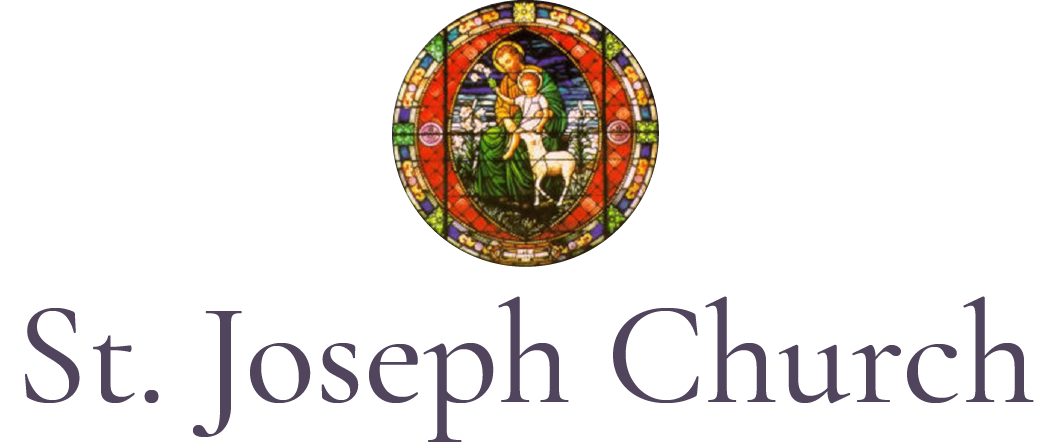History of St. Joseph Church
Taken from St. Joseph's Catholic Church Parish Guide Booklet
The early Catholics of this Parish were natives of Ireland, who, on account of famine and oppression, sought homes in hospitable America. they labored in the iron mines then in operation and aided in the construction of the railroad which unites New York and Scranton, Pa. Their spiritual wants were attended to by Priests who occasionally visited them from Pennsylvania and those residing near New York until the year 1865, when the resident pastors of St. Anne's, Hampton Junction also included the Catholics of High Bridge in their ministration. For a number of years, they were compelled to attend Mass in the small Church at Clinton, some three miles away.
As their numbers increased the Catholic of High Bridge felt assured they could support a Church of their own, despite the strenuous opposition of the congregation of the Clinton Church of which, the Catholics of High Bridge had been the main support.
The first site of St. Joseph's was located on the southwest corner of Church and Mill Streets. In 1871 the property was deeded to the Albright Methodist Church, but within 2 years the time appeared opportune to build a new Methodist Church. The building was sold to the Central Railroad.
Mr. A. Cregar owned acreage facing Main Street, the principal thoroughfare in High Bridge. through the gift of Irish bargaining, the land was ceded to the High Bridge Catholics. The establishment of a ROMAN Church was not a popular prospect, and the original building was crated and moved to Main Street under the assumption that the edifice would be operated as the Central Jersey Wire and Fencing Company. Shortly before completion, the truth came to light. Town indignation ran high but the Main Street church was acknowledged by the townspeople.
Only July 3, 1880, Reverend John Brady was appointed as the first Pastor. There were no living quarters for the young Priest, but Father Brady threw himself into the Church duties with an all-fired inspiration. During his nearly 4 years, he accomplished much for religion and the general good. He also attended the Churches at Clinton and Flemington. He was promoted to the Pastorate of the Church at Lambertville and was succeeded in High Bridge by the Reverend Bernard Horn in April 1884.
Father Horan was a personable young Irishman and became a favorite with the congregation until he left in 1886.
Next came Father Griffin until 1886-1890
then Reverend Joseph Keuper until 1890-1893
then Reverend Michael Coughlin 1893-1901
Reverend Simon B. Walsh 1901-1909
Rev. Joseph Mahoney 1914-1919
Reverend C.J. Farren 1919-1925
Rev. William Lannary 1929-1934
Reverend Edmund A. Reed 1934-1935
Rev. James P. O'Sullivan 1935-1937
Rev. James F. McGrath 1937-1942
Rev. Edward Dalton 1942-1949
Rev. John J. Walsh 1942-1954
Rev. George E. Duff 1954-1956
Rev. William Campbell 1956-1959
Rev. Russell E. Loughman 1959-1964
Rev. Frank Janos 1964
Reverend Richard A. Ewing 1965-1989
Rev. Patrick Durkin 1989
Rev. Laurence H.F. Smith 1989-1997
Rev.Len Rusay 1997-2003
Rev. Maurice Carlton 2003-2018
Rev. James A. Kyrpczak 2018-2023
Rev. Krystof Kaczynski 2023-
St. Joseph Church also contains a cornerstone marked, "St. Joseph Church 1879' and "Rebuilt 1898." Beneath that is another stone from the ruins of St. Brigid's Abbey near the River Bride in County Cork, Ireland.

